Kinhtedothi-Regarding the framework of the number of departments under the provincial People's Committee, according to the Ministry of Home Affairs, the total number of departments established according to regulations must not exceed the maximum framework of the number of departments according to the principle: For Hanoi and Ho Chi Minh City, 15 departments are organized.
The Ministry of Home Affairs has just completed the draft of a new Government Decree regulating the organization of specialized agencies under the People's Committees at provincial and district levels.
This Decree aims to ensure urgency, timeliness and connectivity in the process of arranging local specialized agencies in sync with the arrangement of ministries and branches at the Central level.
Accordingly, the framework for the number of Deputy Directors of Departments and Deputy Heads of District-level professional divisions is delegated to localities for specific decisions, ensuring that it is appropriate to the scope, management objects, scale, nature of operations, and requirements for state management of the sector and field.
Regulations on merging, arranging and streamlining the organization of specialized agencies under the People's Committees at provincial and district levels are similar to the arrangement and streamlining of the Government apparatus. However, it is not necessary that if the Central Government has a ministry to manage a sector or field, the locality will also have corresponding departments and offices.
Provincial level type 1 can increase no more than 10 Deputy Directors of Departments.
Notably, the draft Decree stipulates the head, deputy head of the department and the number of deputies of organizations under the department.
Based on the functions and tasks of the departments after the implementation of the organization and streamlining, the draft Decree adds a provision that in addition to the total number of Deputy Directors of the Department according to the average regulations (on average, each department has 3 Deputy Directors), for the level of type 2 provinces, it can be increased by no more than 7 Deputy Directors; for the level of type 1 provinces, it can be increased by no more than 10 Deputy Directors. Particularly, for Hanoi and Ho Chi Minh City, it can be increased by no more than 15 Deputy Directors.
Based on the number of established departments, the scope, functions, tasks of the departments and the total number of Deputy Directors, the Provincial People's Committee shall specifically decide the number of Deputy Directors of each department accordingly.
Regarding the number of deputy heads of organizations under the department, this draft supplements the regulation that departments under the department in Hanoi and Ho Chi Minh City with 20 or more civil servant positions are arranged with no more than 4 deputy heads of departments (this regulation does not apply to the Department Office).
This will create conditions for implementing state management advisory work on sectors and fields in the two cities. At the same time, amend clause 6 on the number of Deputy Heads of Departments under the Department to apply according to regulations for departments under the Department.
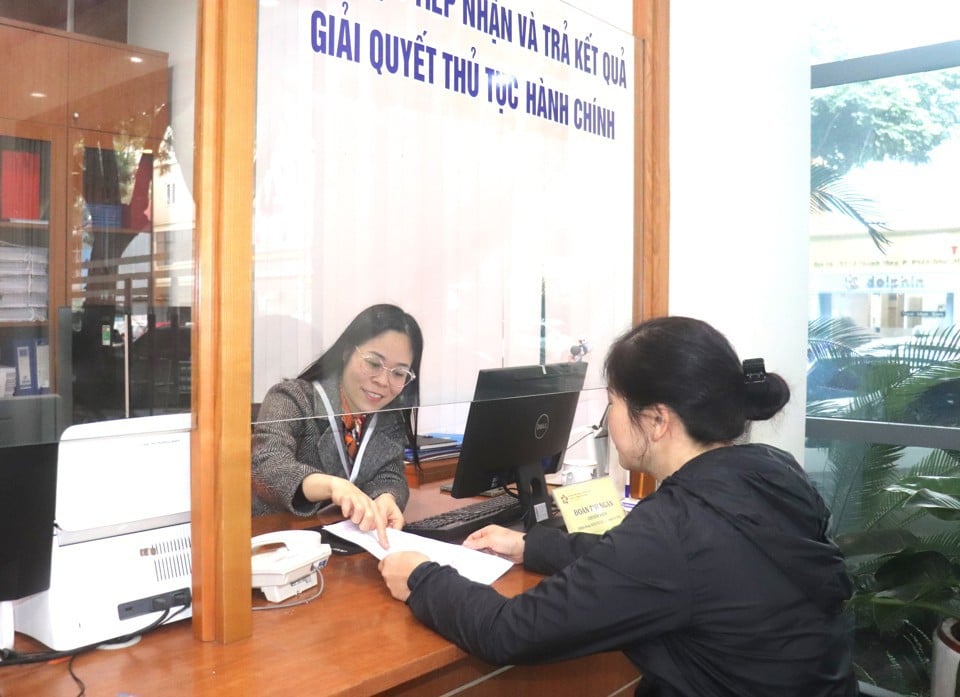
6 departments are stable in name, function and task
Regarding the organization of departments, implementing Conclusion No. 09-KL/TW of the Central Steering Committee on summarizing the implementation of Resolution 18-NQ/TW and following the direction of the Steering Committee on summarizing the implementation of Resolution 18-NQ/TW of the Government, the draft Decree proposes the arrangement and consolidation of current departments towards a total of 16 departments.
Of which, 6 departments are kept stable in terms of name, function and tasks; 5 departments were formed after the merger corresponding to the arrangement of ministries at the Central level; 5 departments received and added functions. After the arrangement, there are 12 departments and branches with unified organization and 6 departments with specific organization.
Specifically, the departments and branches are organized in a unified manner, including: Department of Home Affairs, Department of Justice, Department of Finance, Department of Construction, Department of Agriculture and Environment, Department of Science and Technology, Department of Health, Department of Education and Training, Department of Industry and Trade, Department of Culture, Sports and Tourism, Inspectorate, and Office of the People's Committee.
Of which, 5 departments were formed from the merger of 10 departments and branches corresponding to the arrangement of ministries at the Central level; 4 departments were kept intact and received and supplemented with functions and tasks.
That is: The Department of Finance was established on the basis of merging the Department of Planning and Investment and the Department of Finance; basically inheriting the functions and tasks currently assigned to the Department of Planning and Investment and the Department of Finance.
The Department of Construction was established on the basis of merging the Department of Transport and the Department of Construction; basically inheriting the functions and tasks currently assigned to the Department of Transport and the Department of Construction (not performing the functions and tasks of testing and granting driving licenses for road motor vehicles).
The Department of Agriculture and Environment was established on the basis of merging the Department of Natural Resources and Environment and the Department of Agriculture and Rural Development; basically inheriting the functions and tasks currently assigned to the Department of Natural Resources and Environment and the Department of Agriculture and Rural Development to perform and receiving the functions and tasks of poverty reduction management from the Department of Labor, War Invalids and Social Affairs.
The Department of Science and Technology was established on the basis of merging the Department of Information and Communications and the Department of Science and Technology; basically inheriting the functions and tasks currently assigned to the Department of Science and Technology and the Department of Information and Communications; transferring the management function of press and publishing from the Department of Information and Communications to the Department of Culture, Sports and Tourism.
The Department of Home Affairs was established on the basis of merging the Department of Labor, War Invalids and Social Affairs and the Department of Home Affairs; performing the functions and tasks of the current Department of Home Affairs and the functions and tasks of advising on state management of labor, wages; employment; meritorious people; gender equality; occupational safety and hygiene; social insurance from the Department of Labor, War Invalids and Social Affairs.
The Department of Health receives the functions, tasks and organization of the state management staff on social protection; children and prevention and control of social evils (not performing tasks on drug addiction treatment and post-drug addiction treatment management); managing and using the Children's Protection Fund according to regulations from the Department of Labor, War Invalids and Social Affairs.
The Department of Education and Training receives the functions, tasks and organization of the state management advisory apparatus on vocational education from the Department of Labor, War Invalids and Social Affairs.
The Department of Industry and Trade received the original status of the Local Market Management Department from the Ministry of Industry and Trade and reorganized it into the Market Management Department under the Department of Industry and Trade.
The Department of Culture, Sports and Tourism takes over the functions and tasks of advising on state management of press and publishing from the Department of Information and Communications.
There are 4 departments with specific organization, including: Department of Ethnicity and Religion; Department of Foreign Affairs; Department of Tourism; Department of Planning and Architecture. In which, the Department of Ethnicity and Religion was formed from the Ethnic Committee receiving the functions, tasks and organization of the state management staff on beliefs and religions from the Department of Home Affairs, renamed the Department of Ethnicity and Religion.
In particular, regarding the framework of the number of departments under the provincial People's Committee, the Ministry of Home Affairs said that the total number of departments established according to the above regulations shall not exceed the framework of the maximum number of departments according to the principle: For Hanoi and Ho Chi Minh City, 15 departments are organized (not including the number of additional departments according to the provisions of the Law on the Capital and the pilot departments).
These two localities are allowed to decide on the establishment, separation, merger, and consolidation of departments, ensuring that they are suitable to the city's characteristics and do not exceed the number of departments prescribed.
For other provinces and cities, based on local state management requirements for sectors and fields, organize and arrange specialized agencies, ensuring no more than 13 departments; for type 1 provinces with specific fields, no more than 14 departments.
Source: https://kinhtedothi.vn/bo-noi-vu-de-xuat-ha-noi-va-tp-ho-chi-minh-duoc-to-chuc-15-so.html


![[Photo] Prime Minister Pham Minh Chinh receives Mr. Jefferey Perlman, CEO of Warburg Pincus Group (USA)](https://vstatic.vietnam.vn/vietnam/resource/IMAGE/2025/4/18/c37781eeb50342f09d8fe6841db2426c)
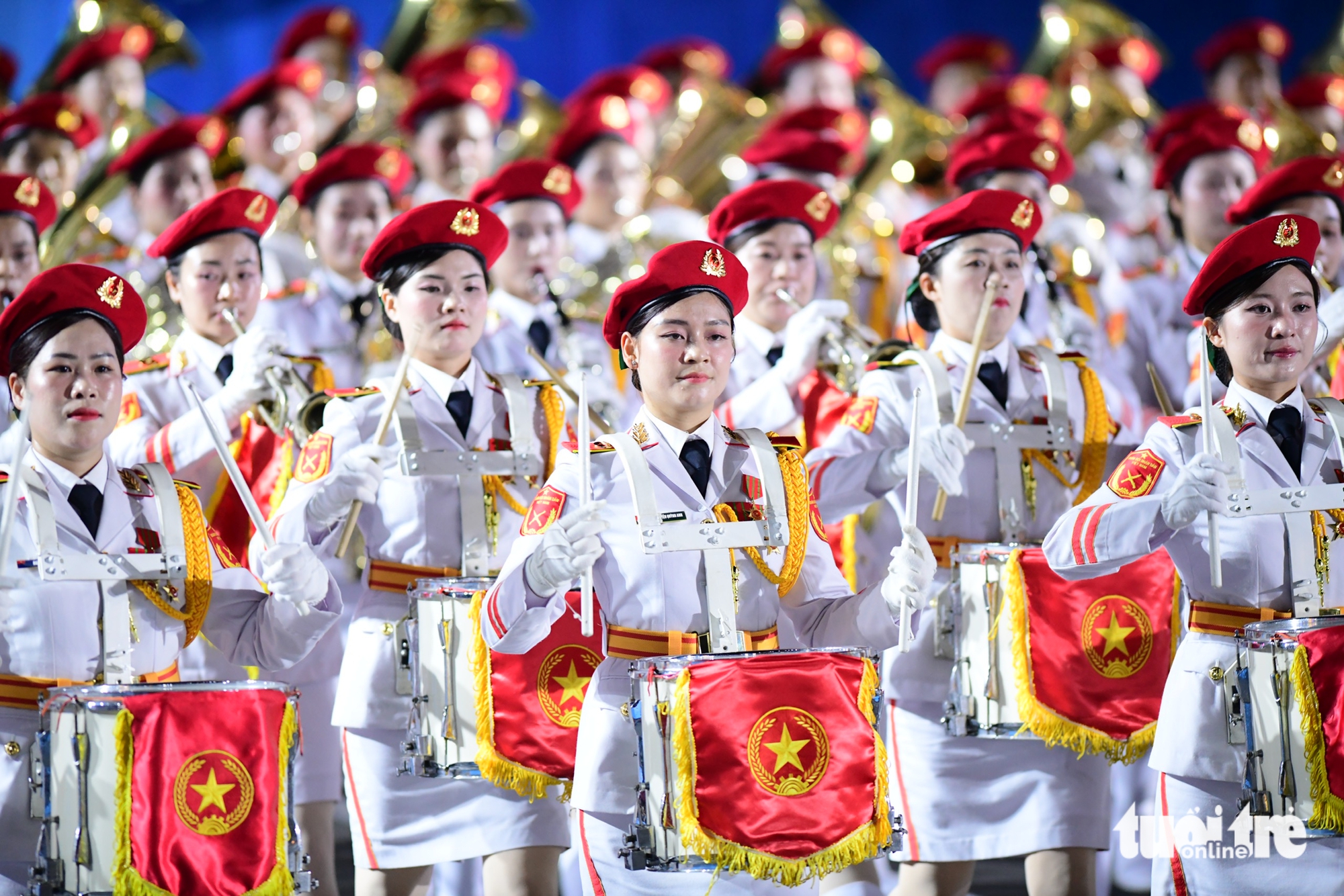

![[UPDATE] April 30th parade rehearsal on Le Duan street in front of Independence Palace](https://vstatic.vietnam.vn/vietnam/resource/IMAGE/2025/4/18/8f2604c6bc5648d4b918bd6867d08396)






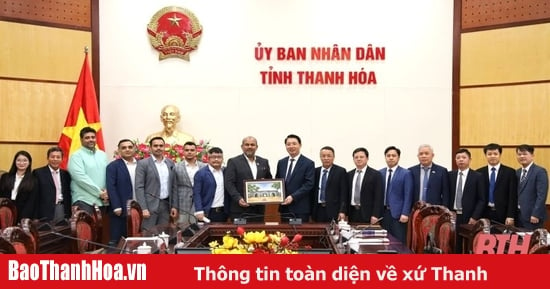

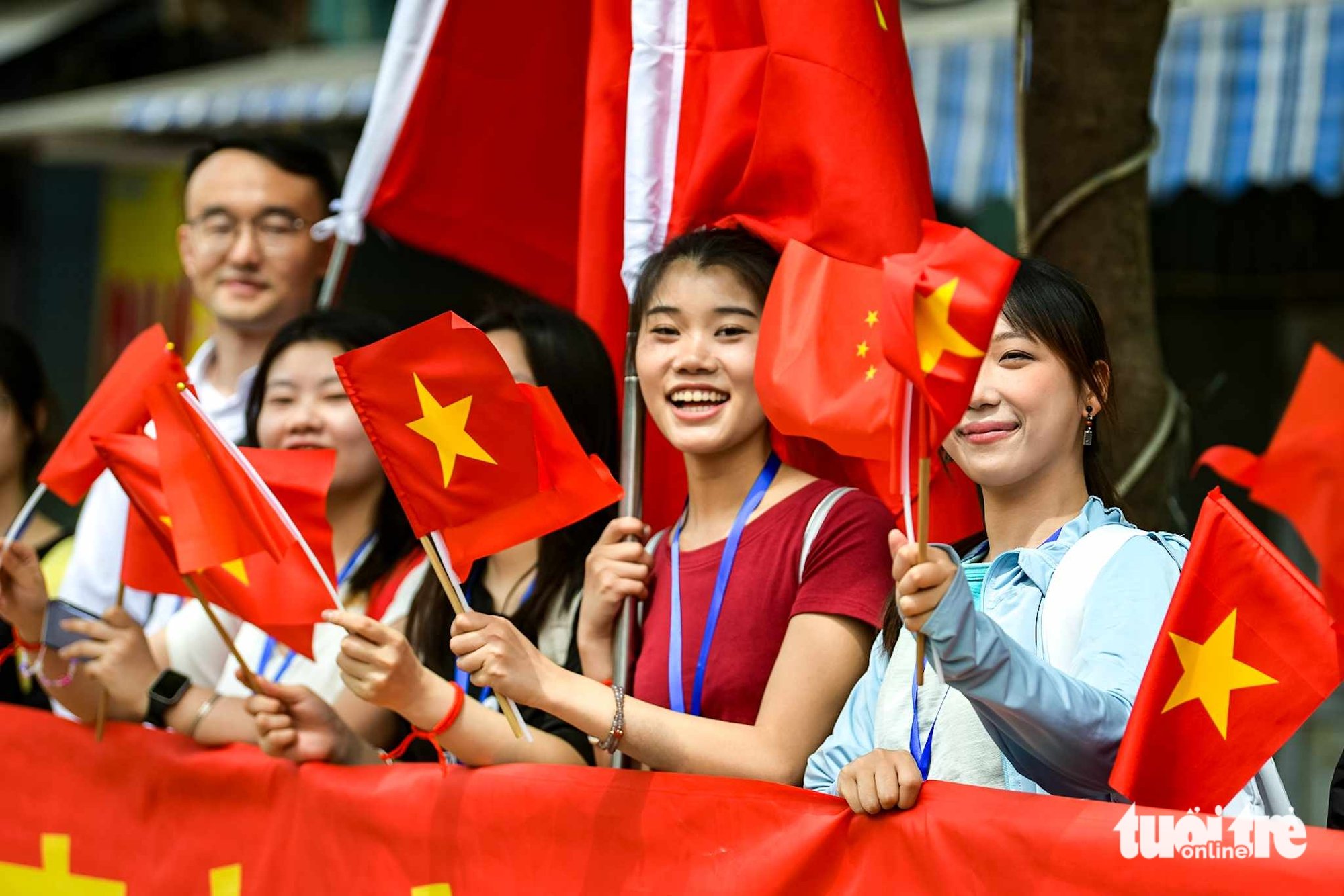




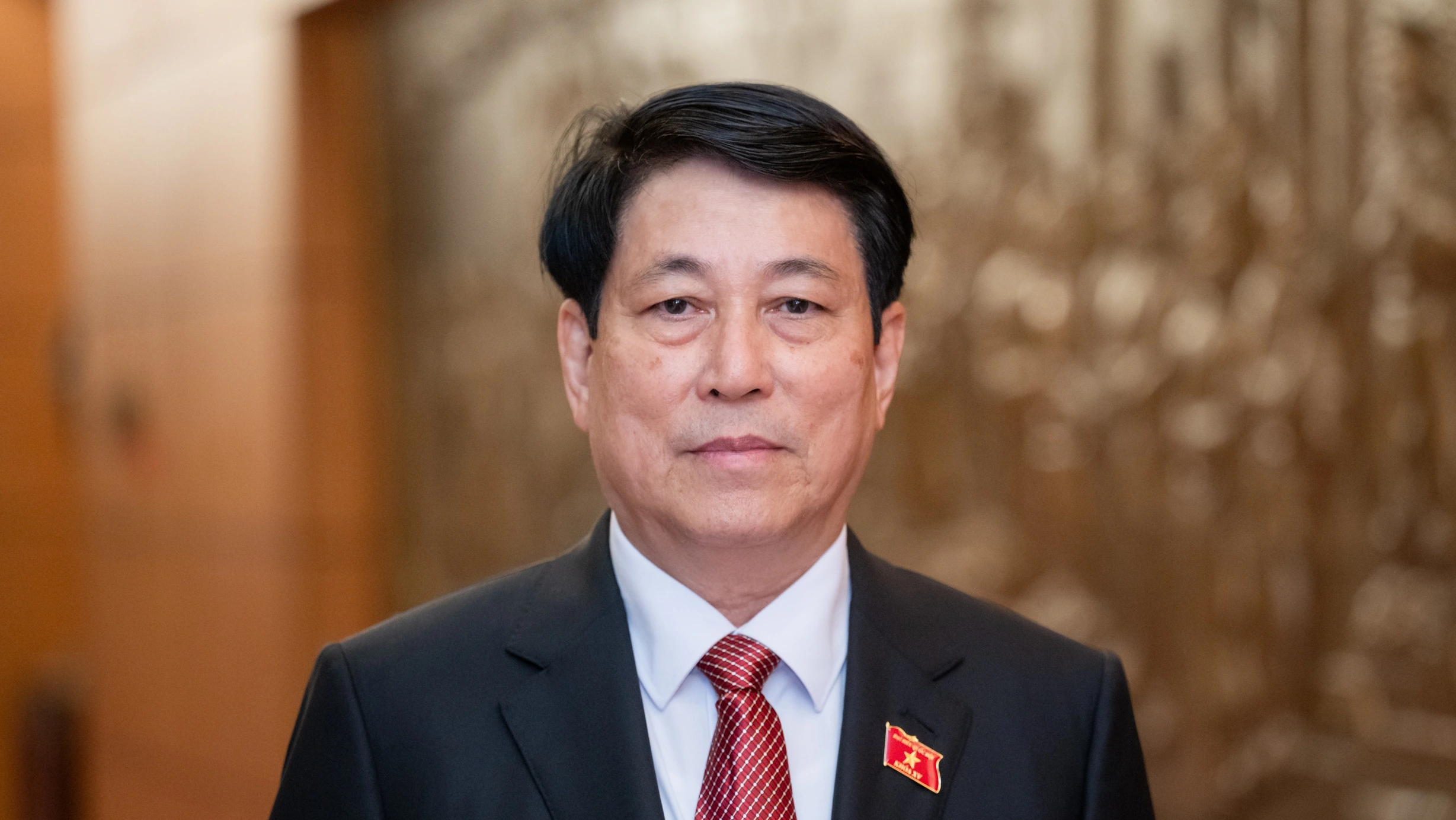
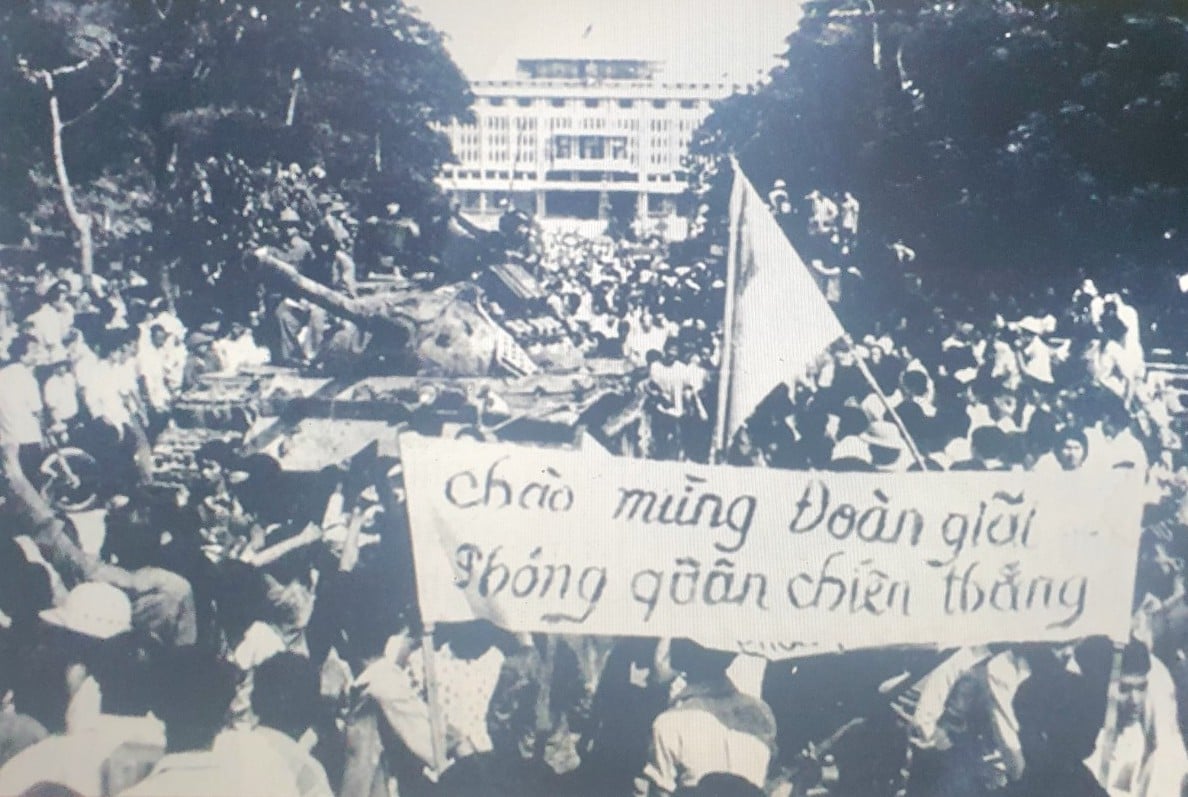








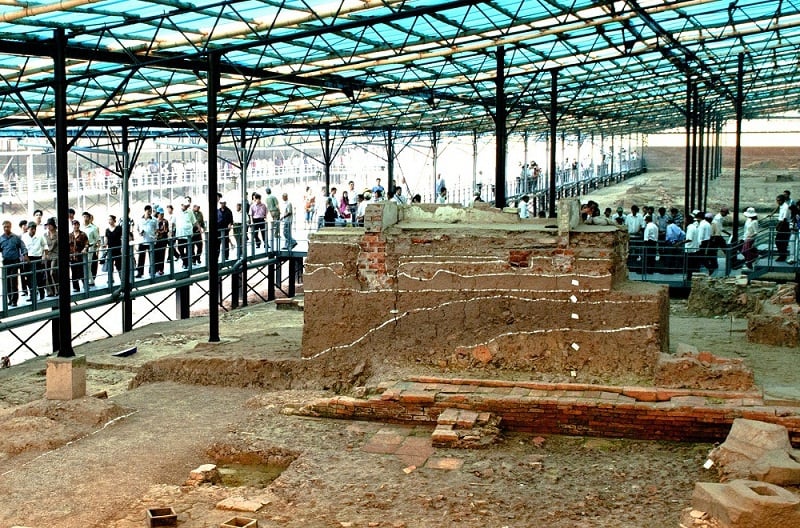
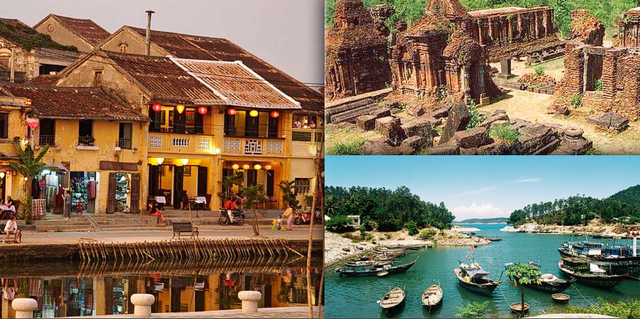
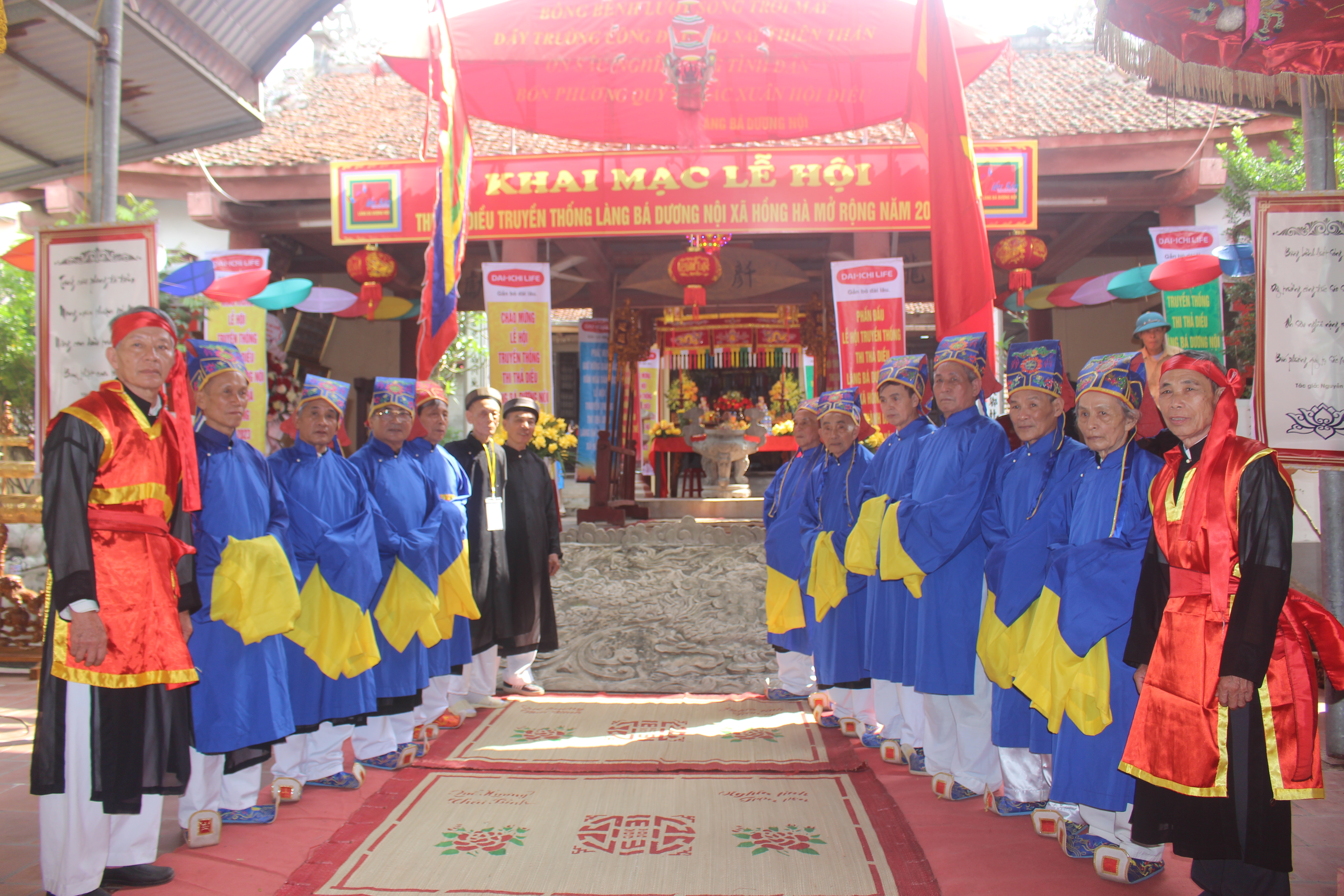
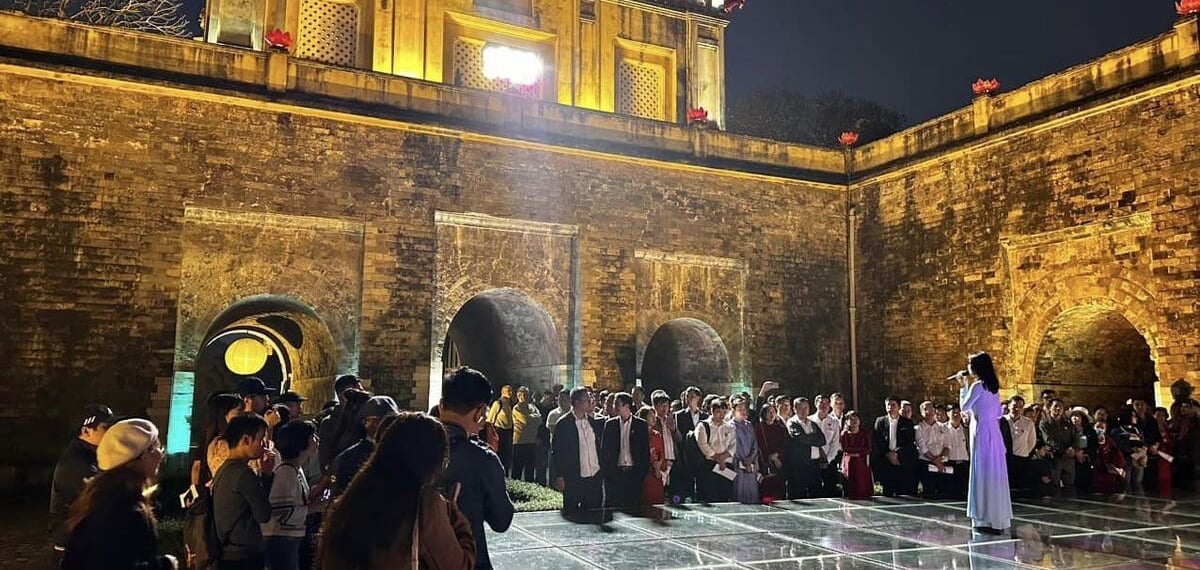
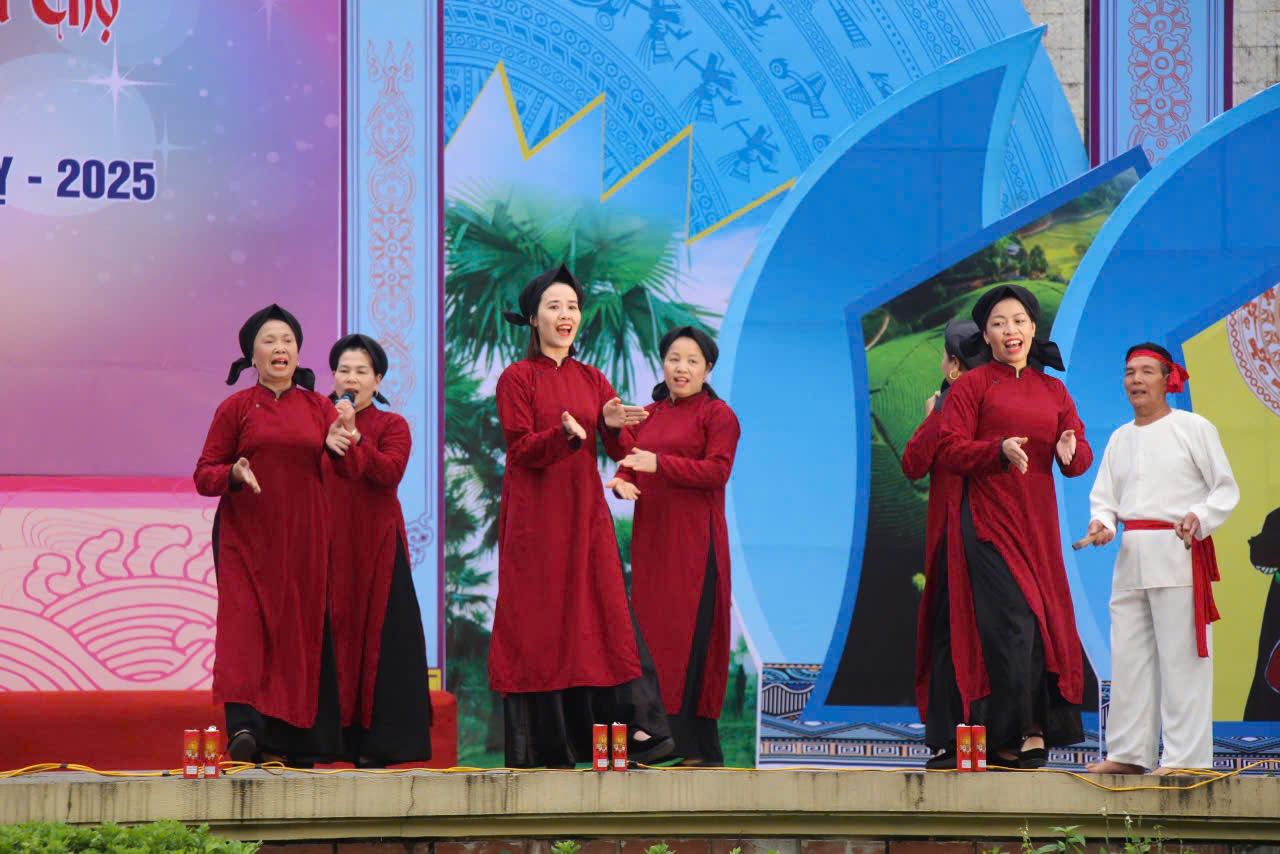


















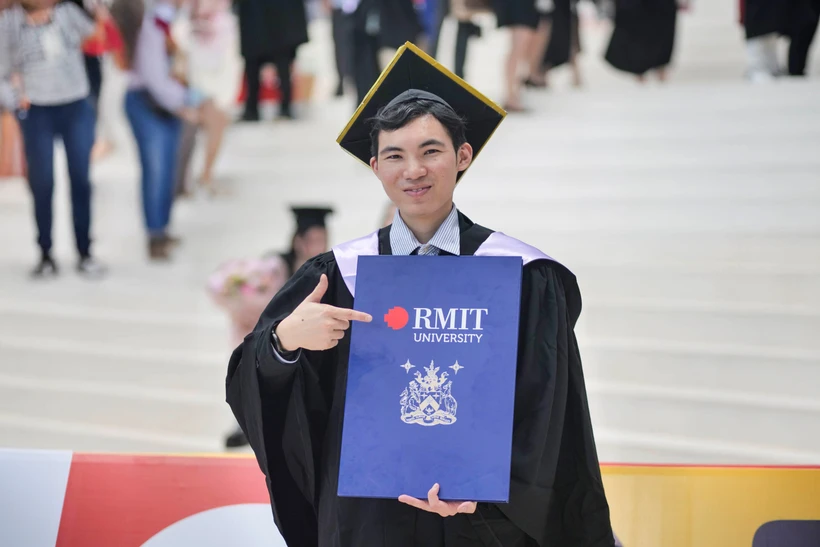

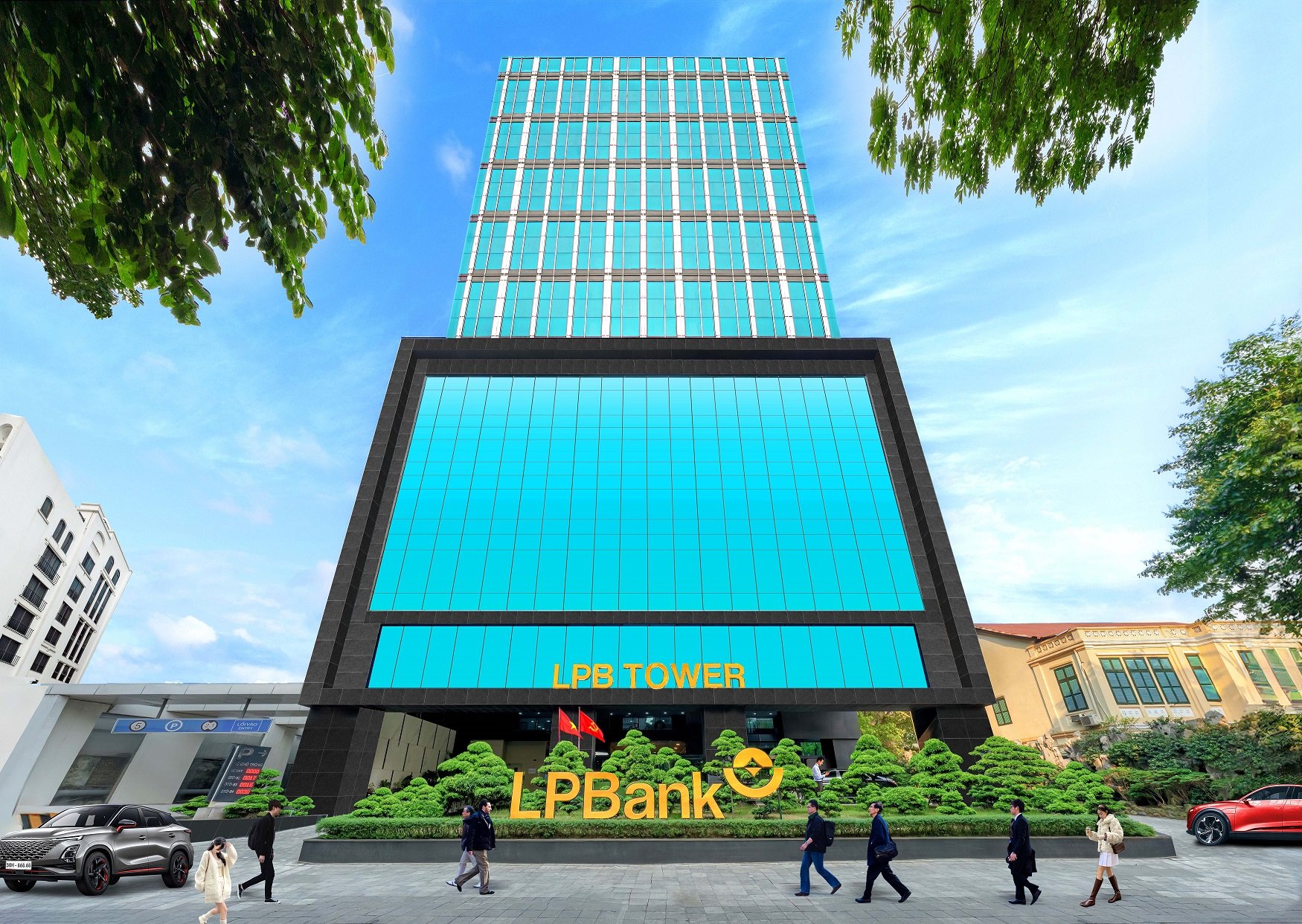

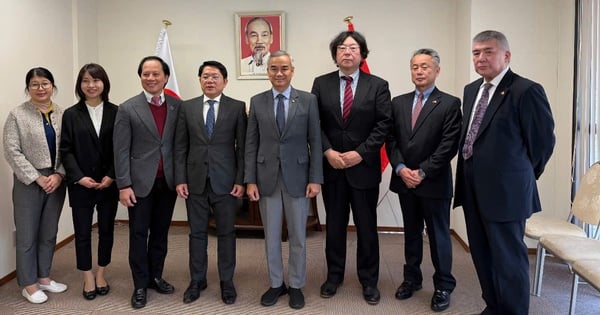

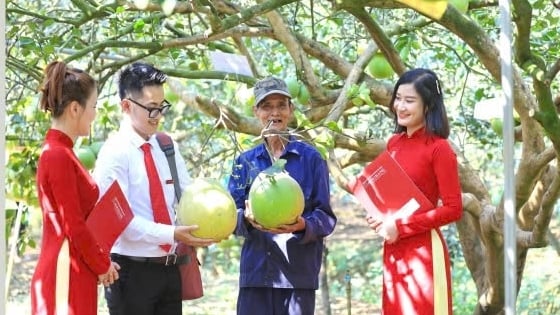


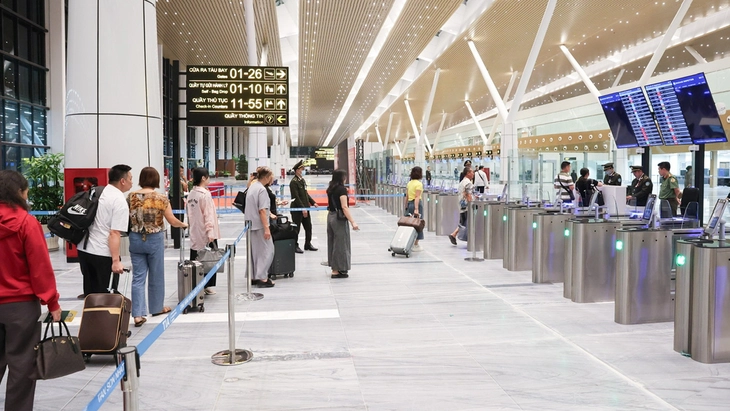
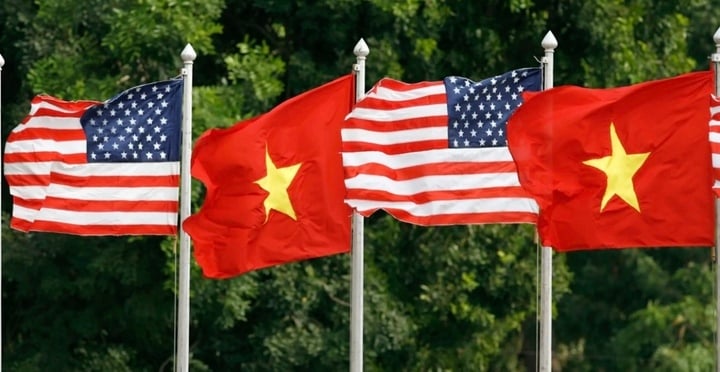

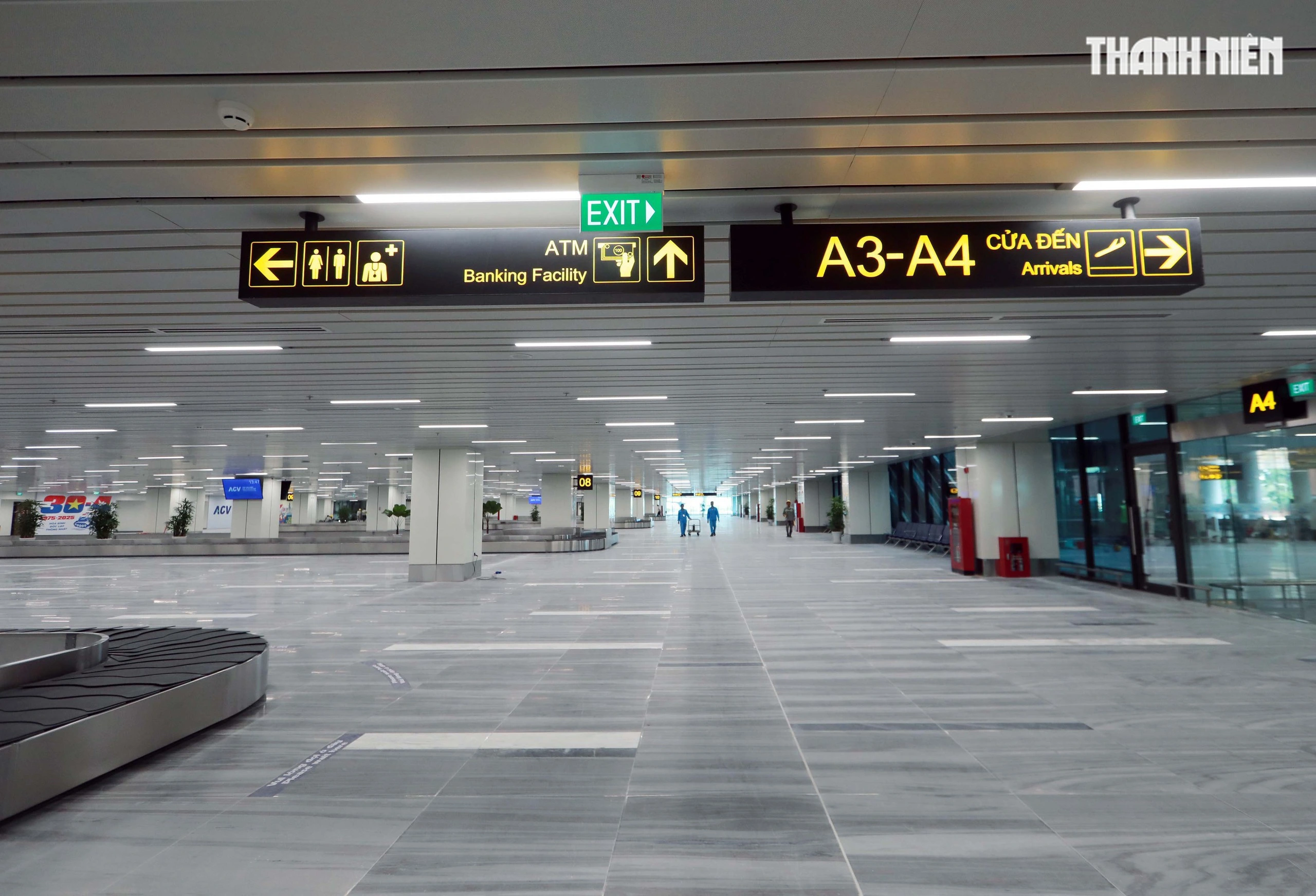
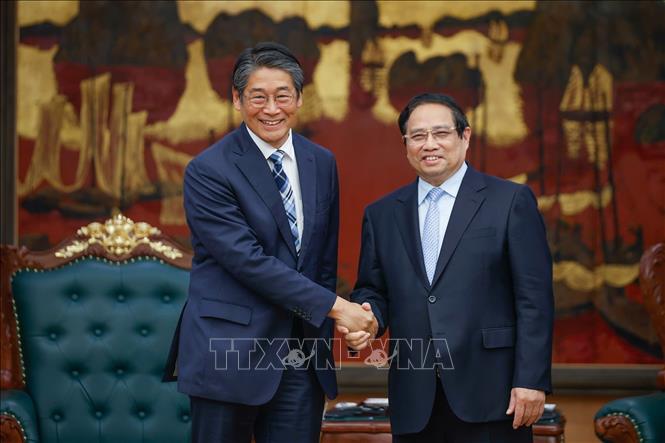
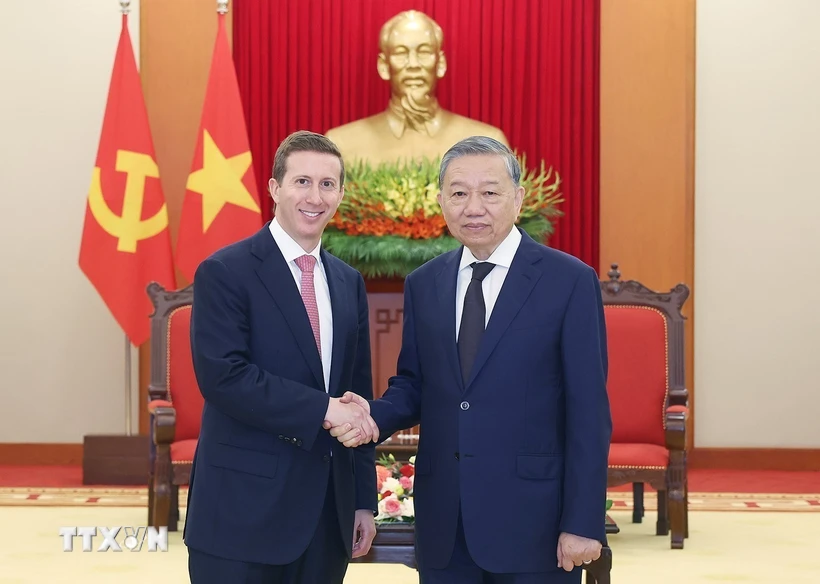


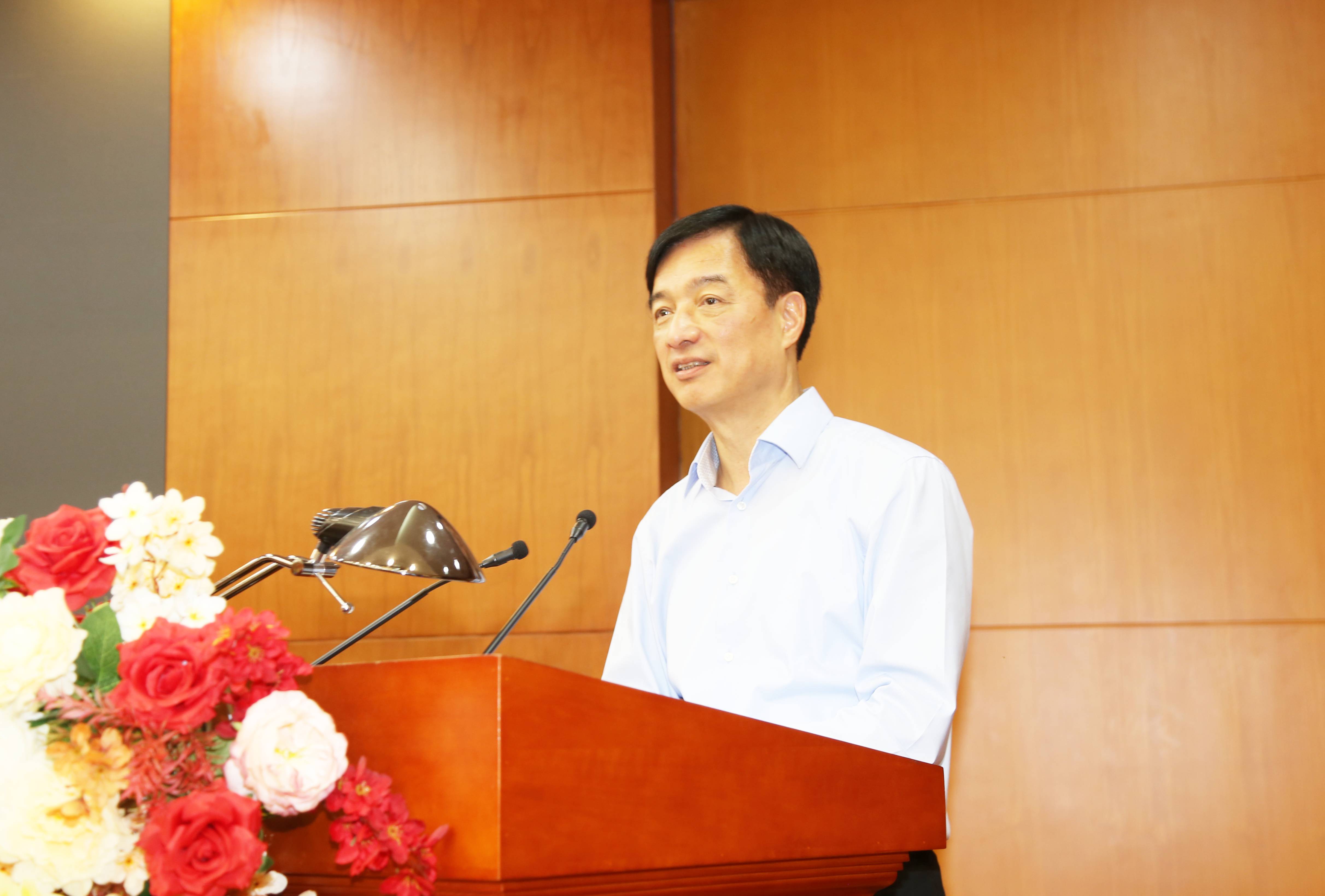

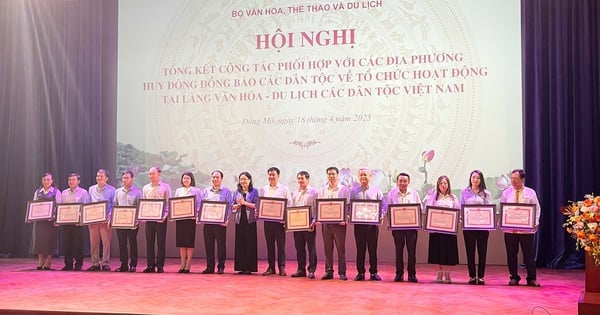




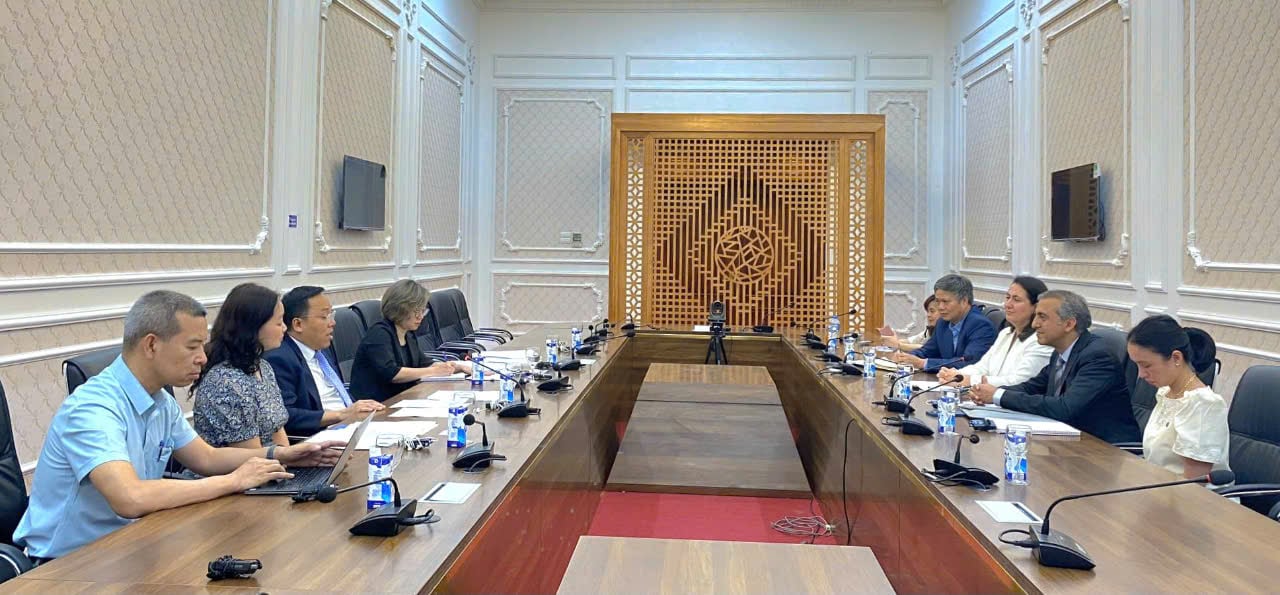
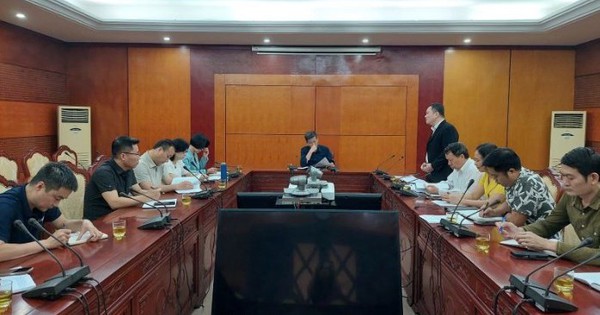







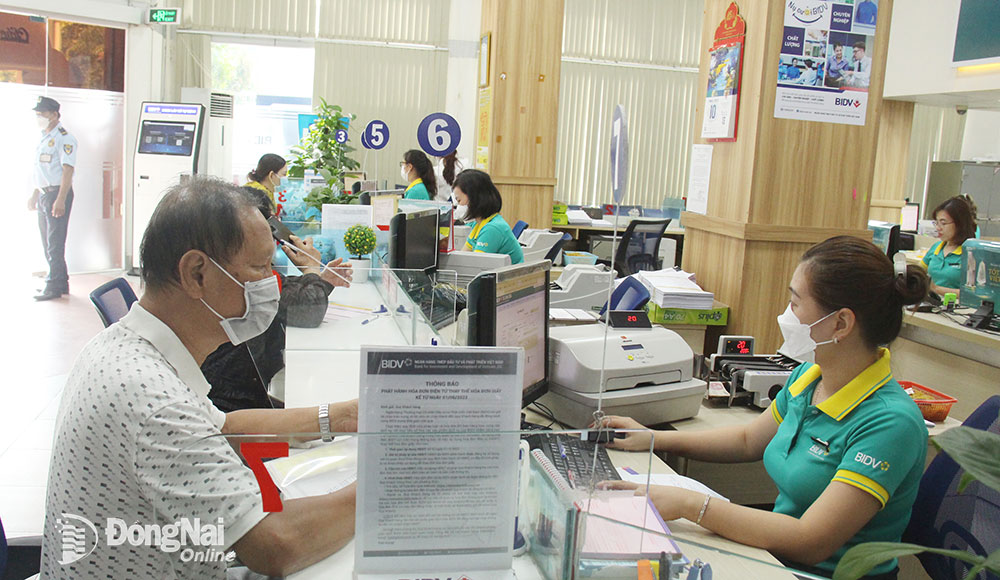







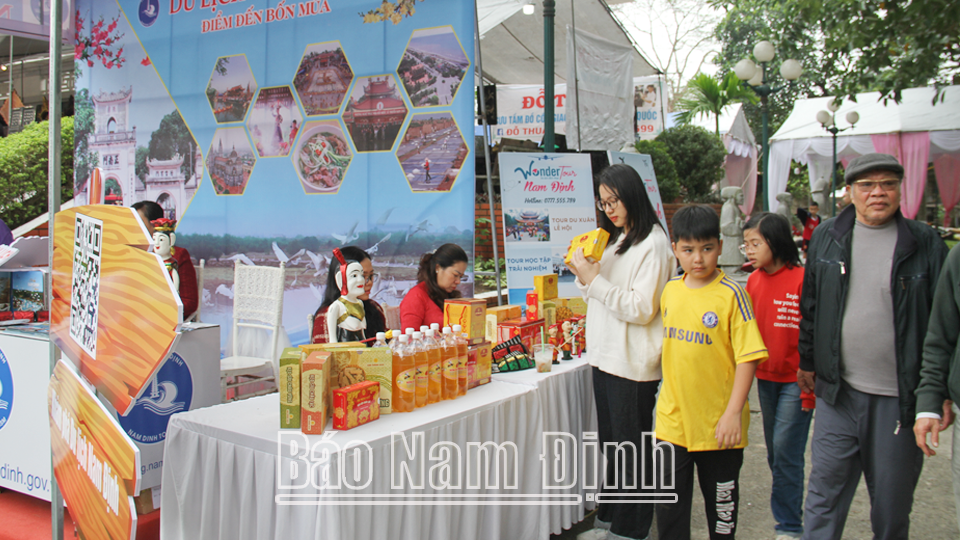




Comment (0)